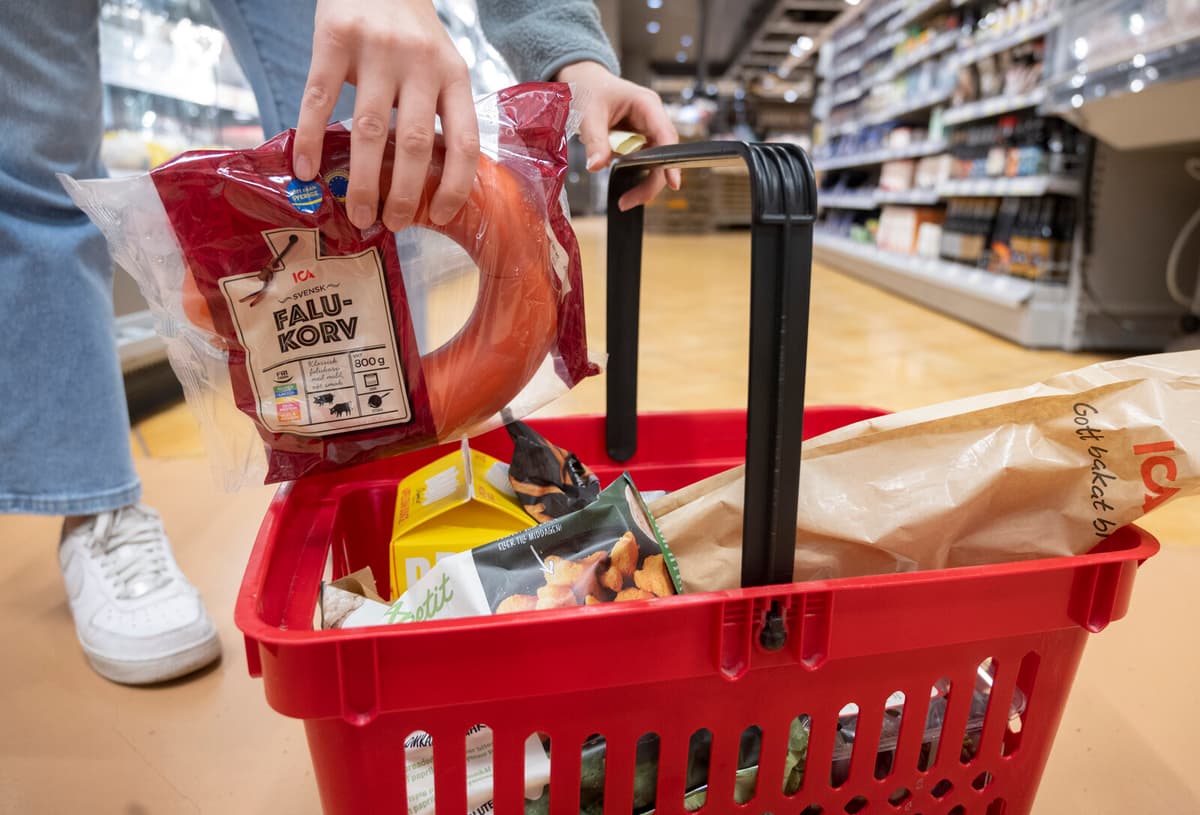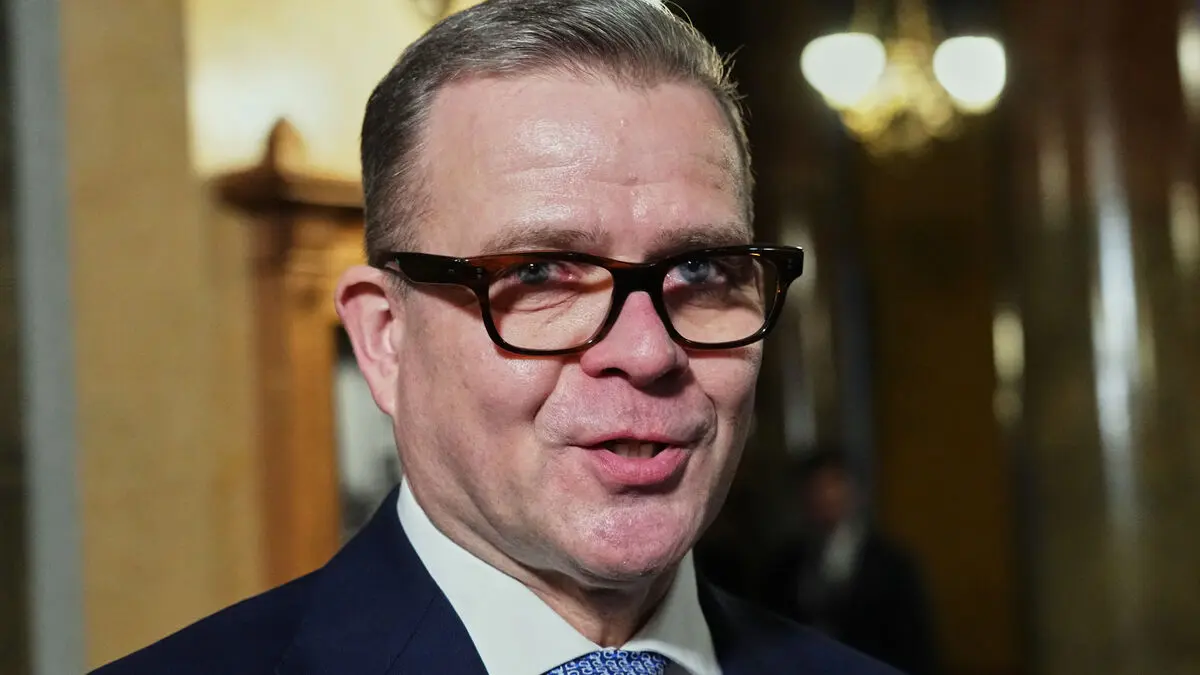The economists at Nordea, a major bank, have revised their forecast for food prices. Rising global prices for food are now being felt and are expected to continue to do so in the coming months. A sign of this is the food price index for January, which showed the largest monthly price increase in nearly two years.
However, the inflation rate, according to the measure KPIF (where interest rate effects, such as those on housing loans, are excluded), is expected to remain stable or rise marginally to 1.6 percent in January, according to a compilation by Bloomberg of economists' forecasts. In December, the annual price increase rate was 1.5 percent.
The pure inflation measure, KPI, which includes all factors, is expected to fall further to 0.5 percent, down from an annual price increase rate of 0.8 percent in December. This is mainly due to significantly lower loan costs for households.
Both measures are below the Swedish Central Bank's own forecasts and below the inflation target of 2.0 percent.
There will be no interest rate cut in March, believes Nordea's chief analyst Torbjörn Isaksson. Like many other analysts, he has revised his earlier assessments of multiple interest rate cuts in the spring. Possibly, there will be another cut in May.
The reason is the uncertainty in the world, particularly with the United States' trade tariffs in focus, according to the Nordea economist.





